How effective is the approach?
The average impact of the deployment of teacher aides is about an additional four months’ progress over the course of a year. However, effects tend to vary widely between those studies where teacher aides are deployed in everyday classroom environments, which typically do not show a positive benefit, and those where teacher aides deliver targeted interventions to individual students or small groups, which on average show moderate positive benefits. The headline figure of four additional months’ progress lies between these figures.
Research that examines the impact of teacher aides deployed in everyday classroom environments suggests that students in a class with a teacher aide present do not, on average, outperform those in one where only a teacher is present. This average finding covers a range of effects. In some cases, teachers and teacher aides work together effectively, leading to increases in achievement. In other cases, students, particularly those who are low achieving or identified as having special educational needs, can perform worse in classes with teacher aides.
Where overall negative effects have been recorded, it is likely that support from teacher aides has substituted rather than supplemented teaching from teachers. In the most positive examples, it is likely that support and training will have been provided for both teachers and teacher aides so that they understand how to work together effectively, such as by making time for discussion before and after lessons.
Research which focuses on teacher aides who provide one to one or small group targeted interventions shows a stronger positive benefit of between four and six additional months on average. Often interventions are based on a clearly specified approach which teacher aides have been trained to deliver.
Teachers also report the benefits in terms of workload and reduced stress from working with teacher aides.
There is also evidence that working with teacher aides can lead to improvements in students’ attitudes, and also to positive effects in terms of teacher morale, workload, and reduced stress.
Research based in Aotearoa New Zealand explores the various roles and responsibilities of teacher aides, and affirms the importance of adequate training and support for effective interactions. Local research adds to the global evidence base with a particular focus on the valued role of Māori teacher aides for promoting Māori language and culture in schools.
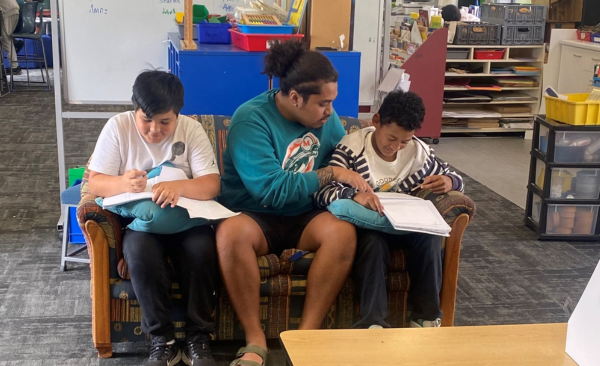 Research report | 45 min read
Research report | 45 min read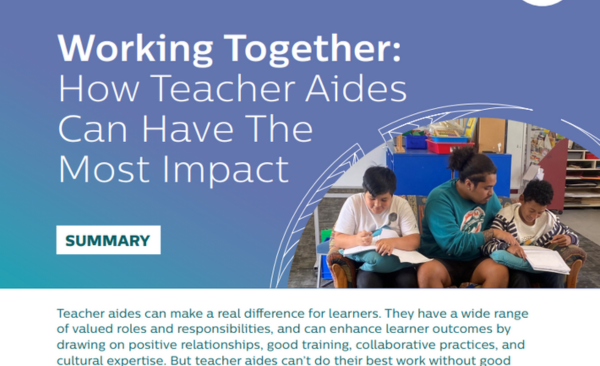 Research summary | 4 min read
Research summary | 4 min read Good practice guide | 14 min read
Good practice guide | 14 min read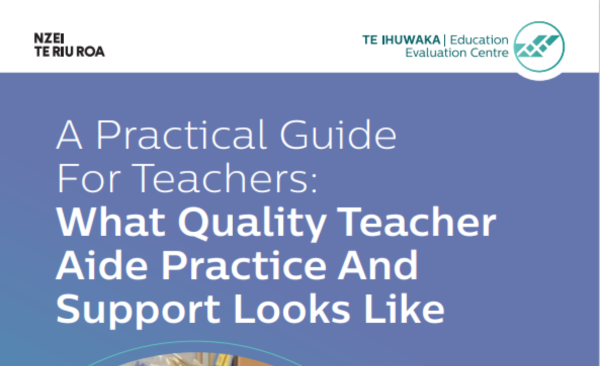 Good practice guide | 14 min read
Good practice guide | 14 min read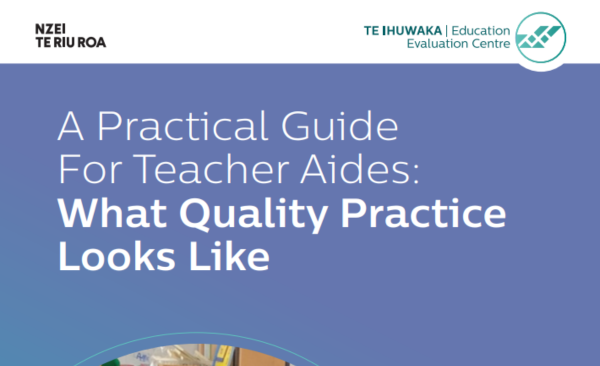 Good practice guide | 14 min read
Good practice guide | 14 min read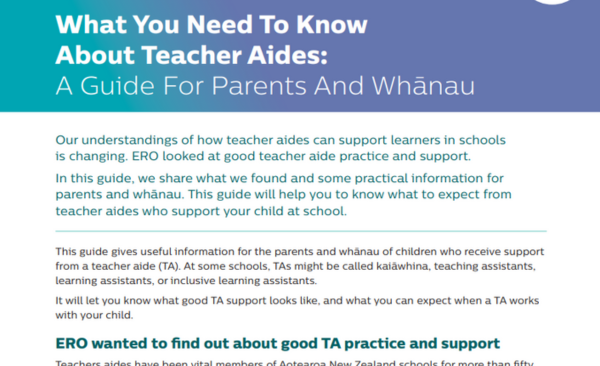 Good practice guide | 2 min read
Good practice guide | 2 min read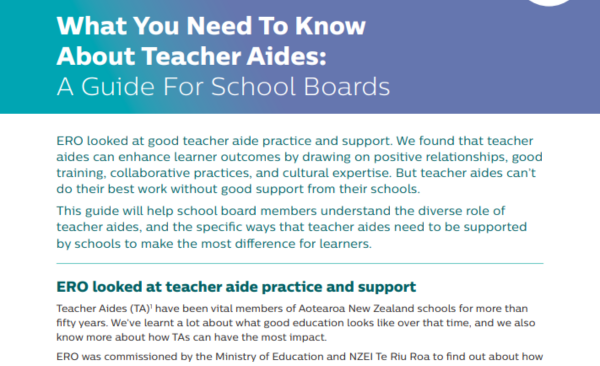 Sector insights | 2 min read
Sector insights | 2 min read